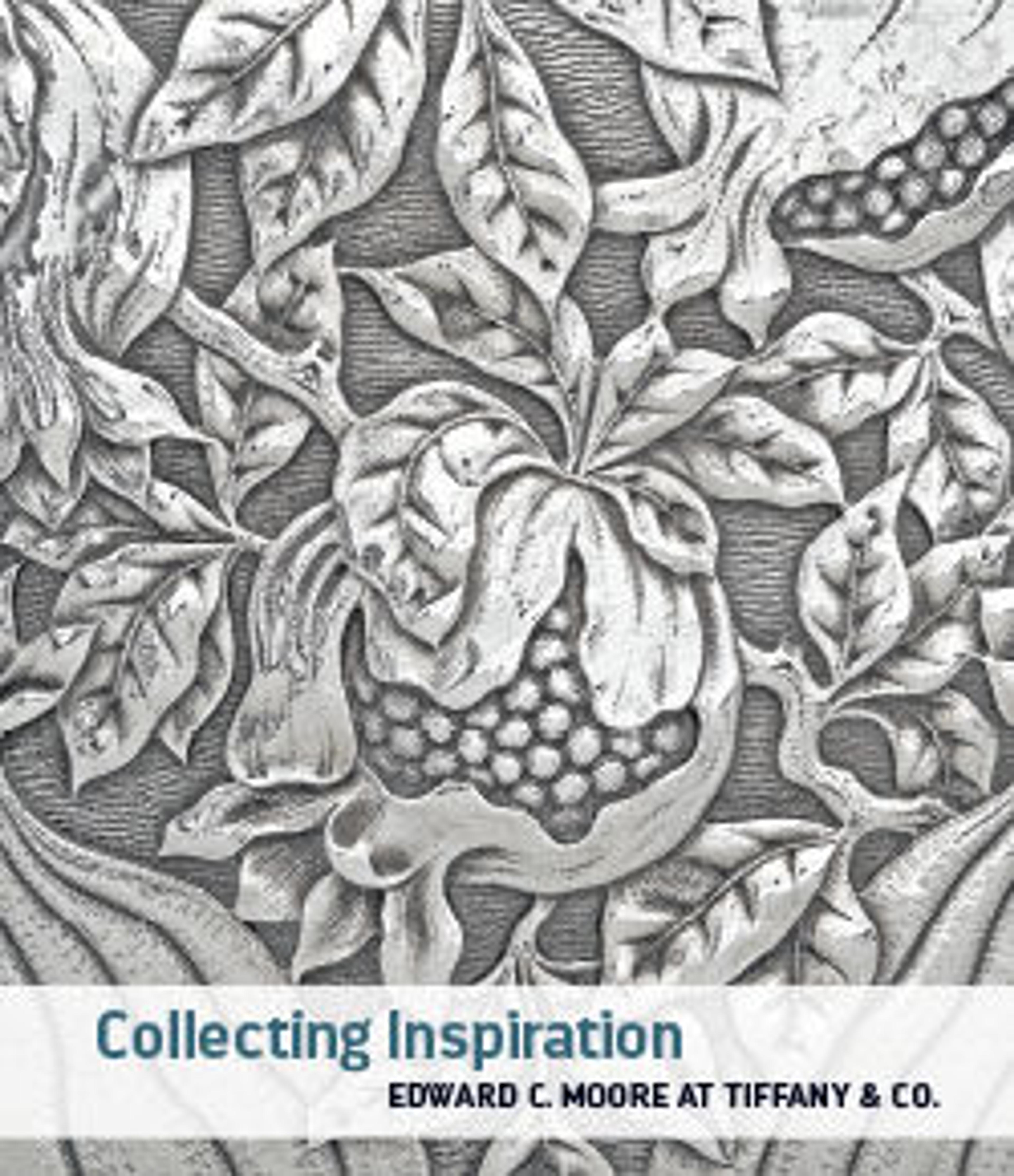Incense Box (Kōgō) with Interlinked Circles (Shippō) Pattern
Japanese artisans developed “Kamakura carving” in the Muromachi period (1392–1573) to imitate Chinese carved lacquer. In this technique, patterns are carved into wood and then coated with layers of red and black lacquer. The incense box here has an auspicious pattern of interlinked circles (shippō) in a continuous, chainlike motif that symbolizes prosperity and continuation. Moore often used the pattern to embellish silverware.
Artwork Details
- 七宝繋根来彫香合
- Title:Incense Box (Kōgō) with Interlinked Circles (Shippō) Pattern
- Period:Momoyama period (1573–1615)
- Date:early 17th century
- Culture:Japan
- Medium:Carved wood with red and black lacquer layers (Kamakura-bori)
- Dimensions:H. 1 1/8 in. (2.9 cm); Diam. 3 1/8 in. (7.9 cm)
- Classification:Lacquer
- Credit Line:Edward C. Moore Collection, Bequest of Edward C. Moore, 1891
- Object Number:91.1.640
- Curatorial Department: Asian Art
More Artwork
Research Resources
The Met provides unparalleled resources for research and welcomes an international community of students and scholars. The Met's Open Access API is where creators and researchers can connect to the The Met collection. Open Access data and public domain images are available for unrestricted commercial and noncommercial use without permission or fee.
To request images under copyright and other restrictions, please use this Image Request form.
Feedback
We continue to research and examine historical and cultural context for objects in The Met collection. If you have comments or questions about this object record, please contact us using the form below. The Museum looks forward to receiving your comments.
